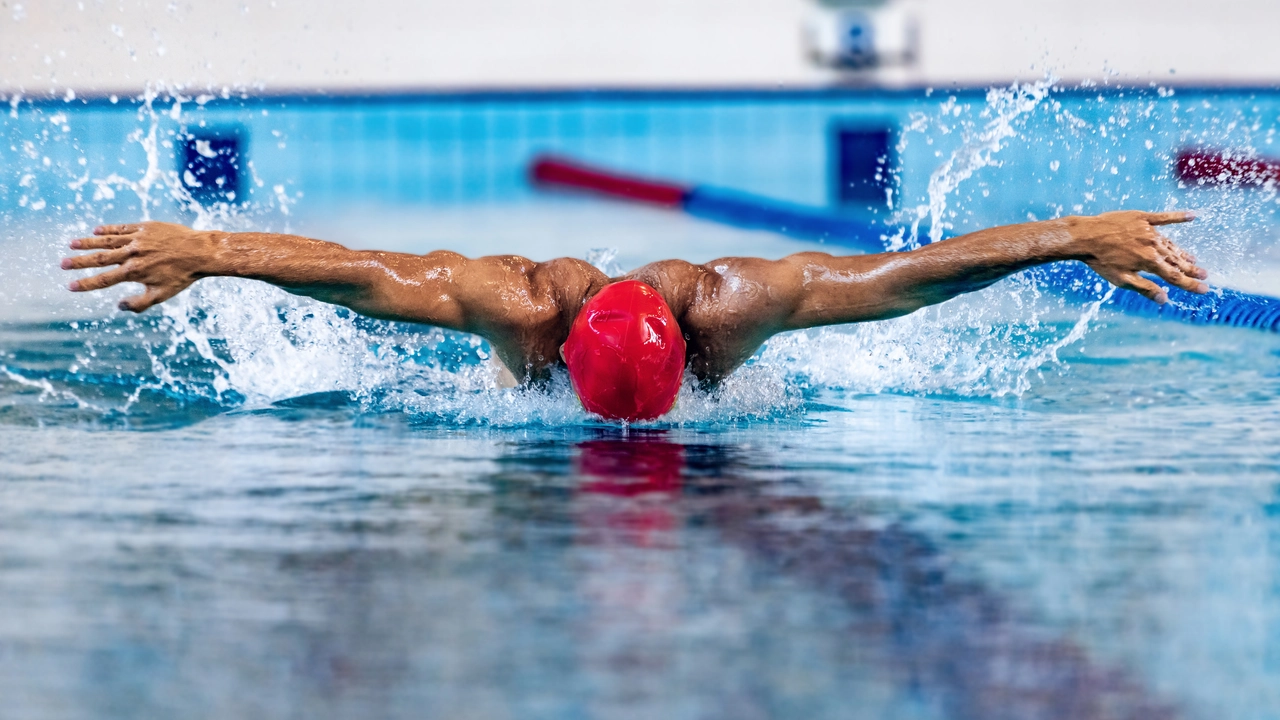Stroke Count: Simple Ways to Swim Faster
Ever wondered why some swimmers glide farther with fewer arm pulls? The secret often lies in how many strokes they take per length. Counting strokes gives you a clear picture of your rhythm, endurance, and how much energy you waste. When you know your numbers, you can tweak your technique and shave seconds off every lap.
Why Count Strokes?
Stroke count is a direct measure of efficiency. Fewer strokes usually mean you’re moving through the water with less drag and better body position. It also helps you spot bad habits – like over‑reaching or too much splashing – that add unnecessary effort. By tracking this simple metric, you can set realistic goals and watch progress in real time.
For beginners, a good target is 15‑20 strokes per 25‑meter pool length in freestyle. More experienced swimmers aim for 10‑14 strokes, depending on height and strength. These numbers aren’t set in stone; they’re a starting point to help you gauge improvement.
How to Count Strokes Effectively
Start with a basic warm‑up, then pick a lane where you won’t be disturbed. Use the following steps to keep your count accurate:
1. Pick a reference point. Most swimmers count each time the right hand breaks the surface, then double it for a full cycle. Some prefer counting both arms; pick what feels natural.
2. Stay relaxed. Tension makes you forget the rhythm. Focus on breathing and let the count become part of your stroke.
3. Write it down. After each length, jot the number in a notebook or on a waterproof notepad. Over a session you’ll see trends and know which drills help.
4. Use a timer. Combine stroke count with lap time to calculate strokes per minute. This metric highlights both speed and efficiency.
5. Adjust on the fly. If you notice a sudden spike in strokes, slow down slightly and work on your catch‑up phase. Small tweaks often bring big gains.
Incorporate drills that naturally lower stroke count, such as fingertip drag, pull buoy work, or swimming with a snorkel. These drills force you to focus on a longer glide and cleaner recovery.
Finally, don’t obsess over perfection. The goal is steady improvement, not an instant drop to elite numbers. Celebrate when you shave a stroke or two off your average – that’s real progress.
By making stroke count a habit, you’ll train smarter, not harder. Your next swim session can feel more purposeful, and you’ll see the results in faster times and less fatigue. Give it a try this week and notice how a simple number can change the way you move through the water.
